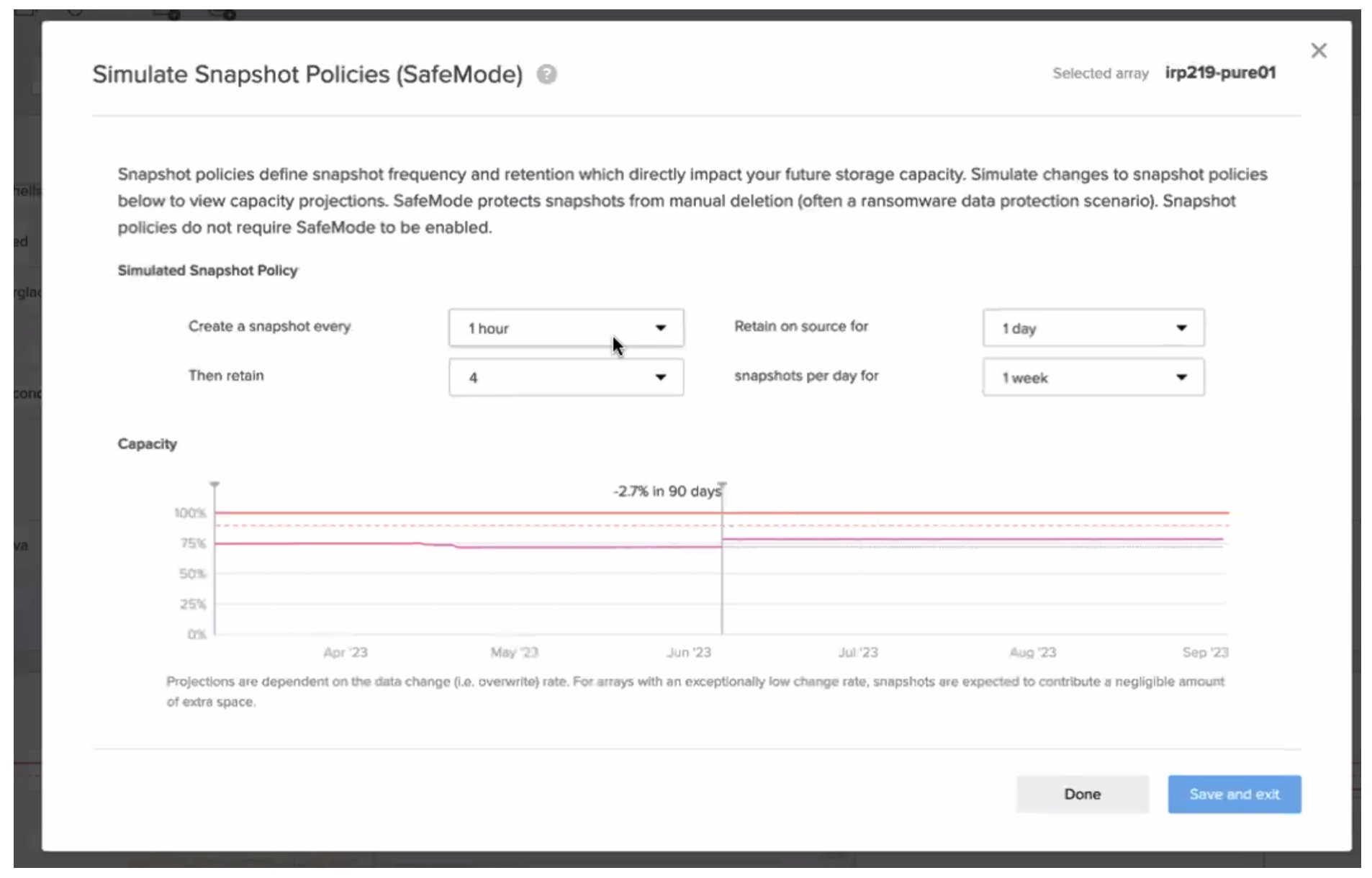Pure Storage has made a series of predictions for the year ahead in 2020. While predictions are always challenging, these highlight the direction in which the market is moving, according to Pure.
Customer Experience Will Drive Storage-as-a-Service
Pure predicts that customer experience will become the critical way customers decide which storage-as-a-service offering they’ll select. Customers will pay more attention to whether an offer is just a product-by-subscription or if it offers a holistic as-a-service experience.
“Customers and enterprises as a whole love the opportunity to be able to come in and consume what they think they’re going to need, but then have the flexibility to change it if their conditions change,” says Sean Rosemarin, Vice President of Systems Engineering at Pure Storage. But this isn’t enough.
2020 forced a lot of change to happen very quickly, and customers embraced as-a-service offerings as a way to respond to changing circumstances rapidly. Now they’re re-evaluating what was deployed in haste to see if it meets their ongoing needs and turning off things that aren’t providing enough value. Those companies that have proven they can be relied on when customers need them will see more success than opportunistic vendors.
Responsiveness of Containers and Kubernetes
Containers have been a big deal for a while. So long, in fact, that Pure believes we’ll largely stop talking about them. Instead, the conversation will shift to the management and orchestration of these high-scale, distributed workloads, which means Kubernetes.
“While we love all the benefits of the agility, someone has to manage what’s sitting in all these containers,” says Rosemarin. “Someone has to track the state of that data. Where is it moving? If there’s a failure, it’s not just about restoring that container environment; it’s about restoring all of the data that was sitting in that particular container at that particular point in time.”
Maintaining a great customer experience means ensuring data is available when and where it needs to be. With hundreds, or thousands, of containers to manage, the container control plane needs to be integrated with the storage, which is why Pure Storage acquired Portworx.
“Regardless of what you are doing in Kubernetes, with Portworx and Pure Storage, when Kubernetes needs to orchestrate the storage services, it has one partner to work with, regardless of whether it was sitting on physical hardware or cloud-based infrastructure,” says Rosemarin.
Containers At The Distributed Edge
Pure believes 2021 will be a foundational year for containers in the distributed edge/cloud. Growth in IoT device usage, and the massive amounts of data they generate, coupled with the increasing adoption of 5G for communications, will usher in the enormous growth of Kubernetes as the workload management platform for software running at the edge.
“The laws of physics are still the laws of physics. There is still a speed of light limitation that we have not been able to get over. Latency concerns will drive workloads to the edge,” says Rosemarin.
Containers are a great packaging solution for the relatively low-resource environments at the edge. Using the same Kubernetes management techniques means software developed in the cloud can be moved to the edge, and vice versa.
“Whether you call it multicloud, or distributed cloud, or edge cloud, this is the year where we start to fundamentally allow applications to live where they live best and give our customers and enterprises the simplicity and flexibility to be able to move them without a whole lot of problems,” Rosemarin says.
Keeping Things Sustainable
The growth in data and the workloads that process it aren’t slowing down; they’re accelerating, if anything. That requires resources, physical resources like power and space, and time to build, configure, and maintain these systems.
“If we’re going to take AI and ML, and we’re going to start to build deep learning systems, and we’re going to start to really, you know, get to this human plus machine world of the future, we’re going to need to do a lot of connecting a lot of training, a lot of learning,” says Rosemarin.
To ensure these resources can be deployed and used sustainably, 2021 will see a renewed focus on making the sustainable way the easiest way to deploy things. The sustainability of a solution will become part of the experience that customers look for when selecting a vendor. Maintenance is back in fashion after 2020’s stark reminder of what happens when we stop investing in sustainable systems.
What else do you think 2021 holds in store?




